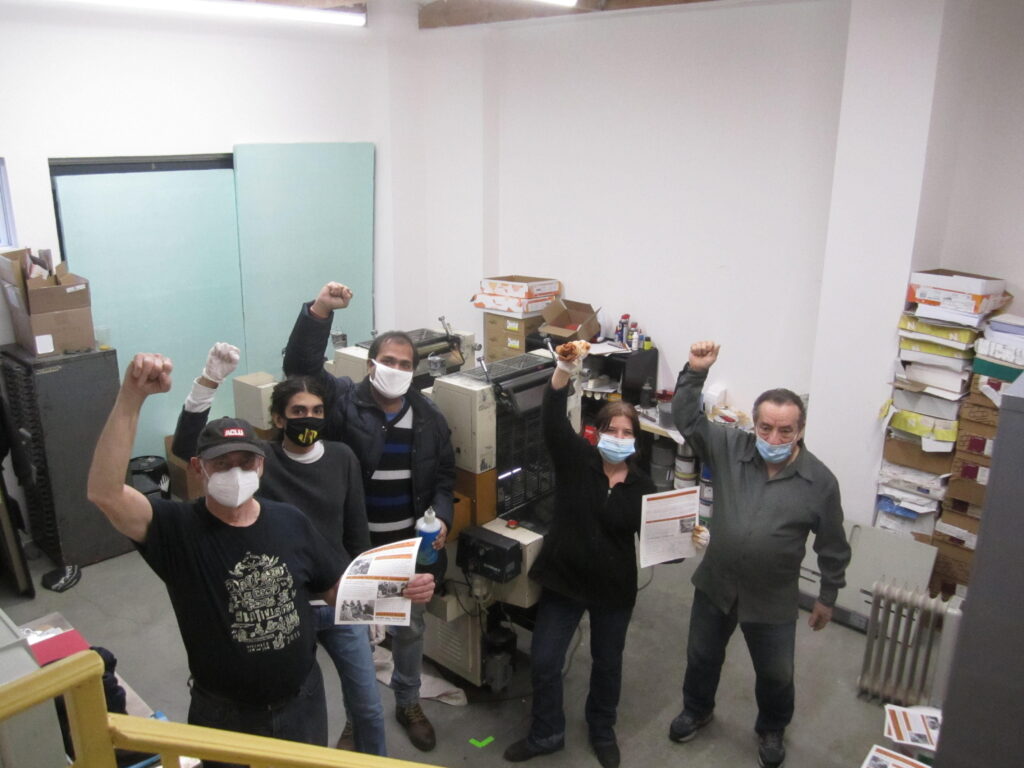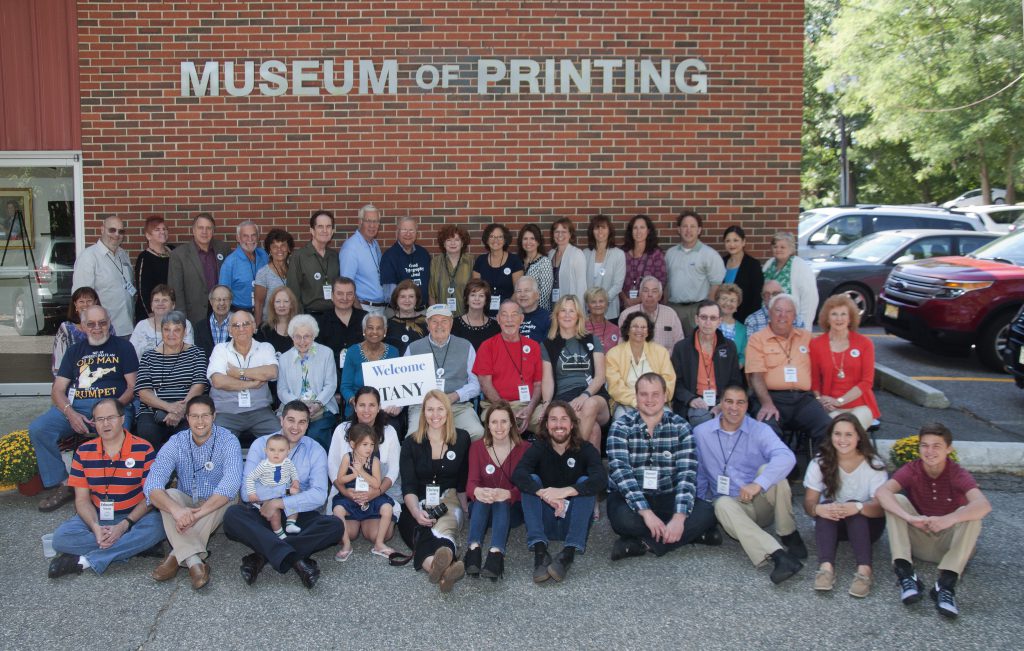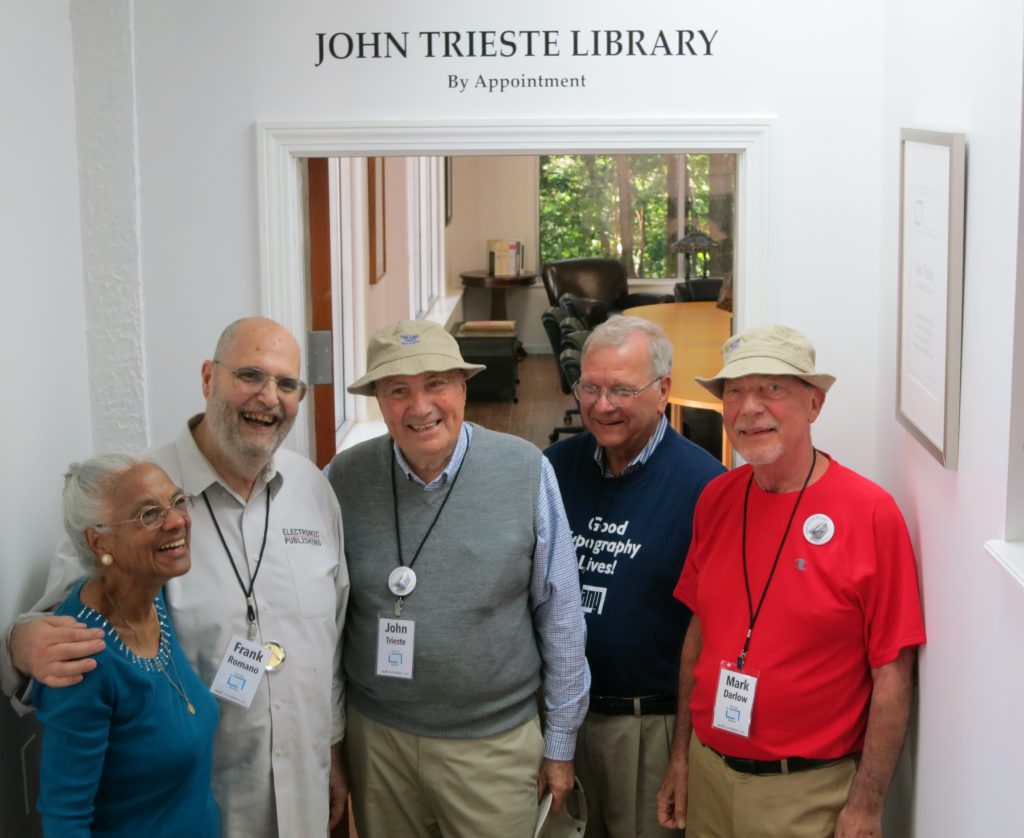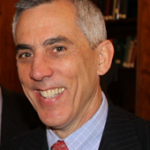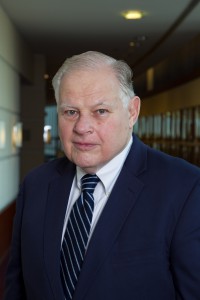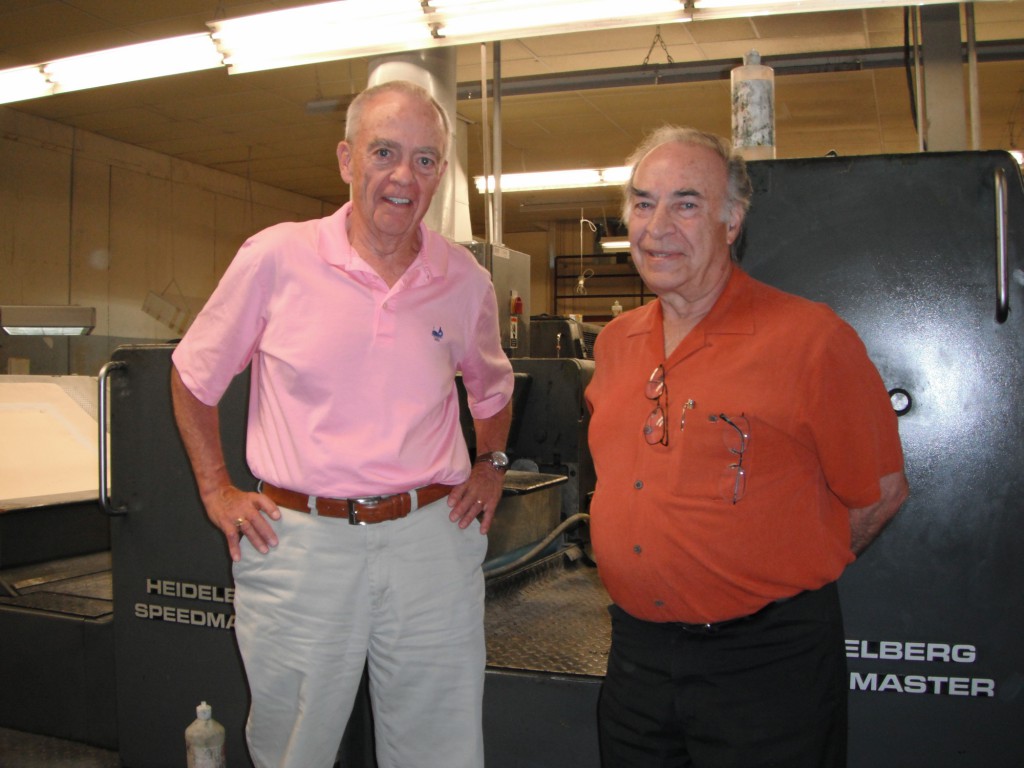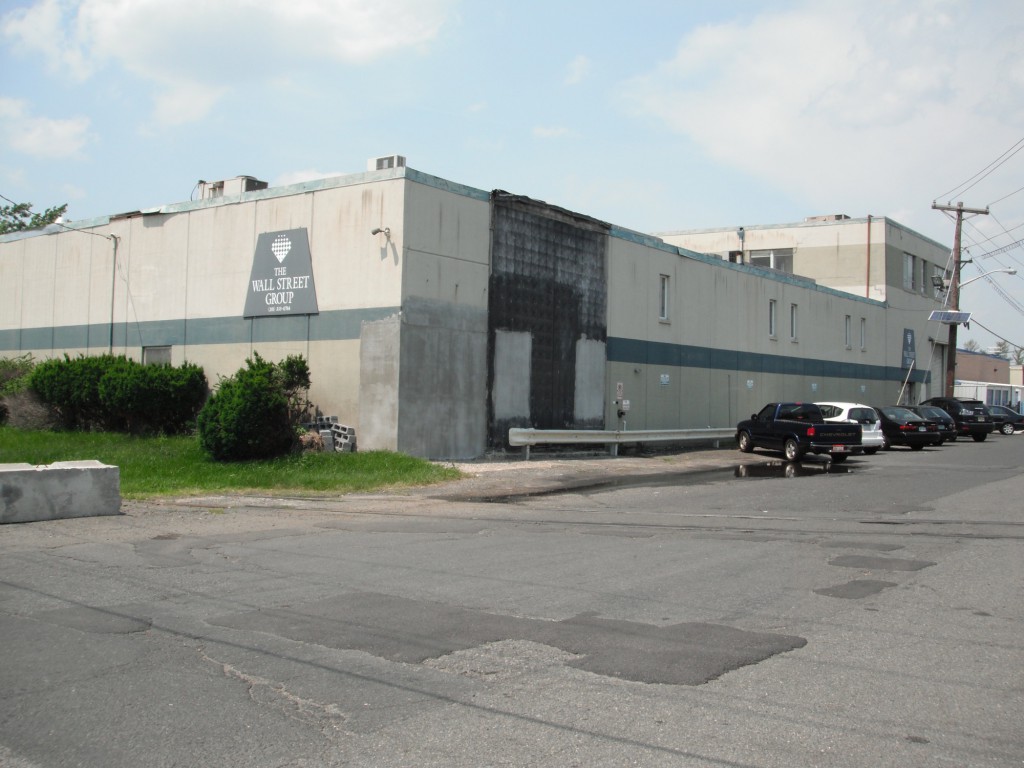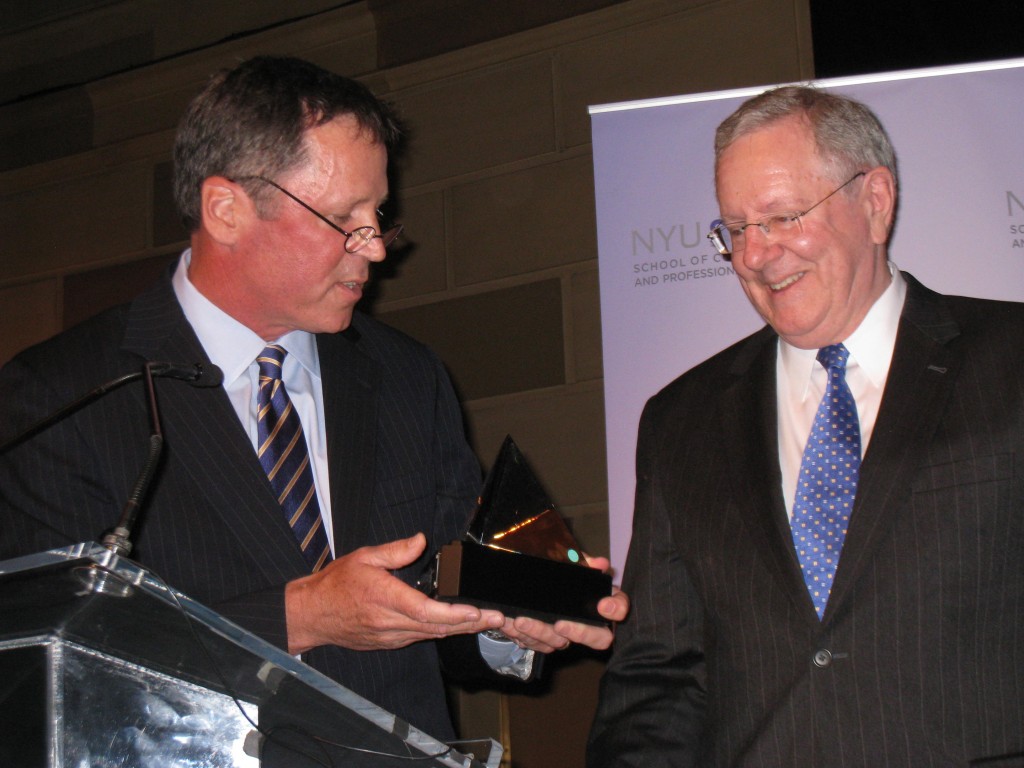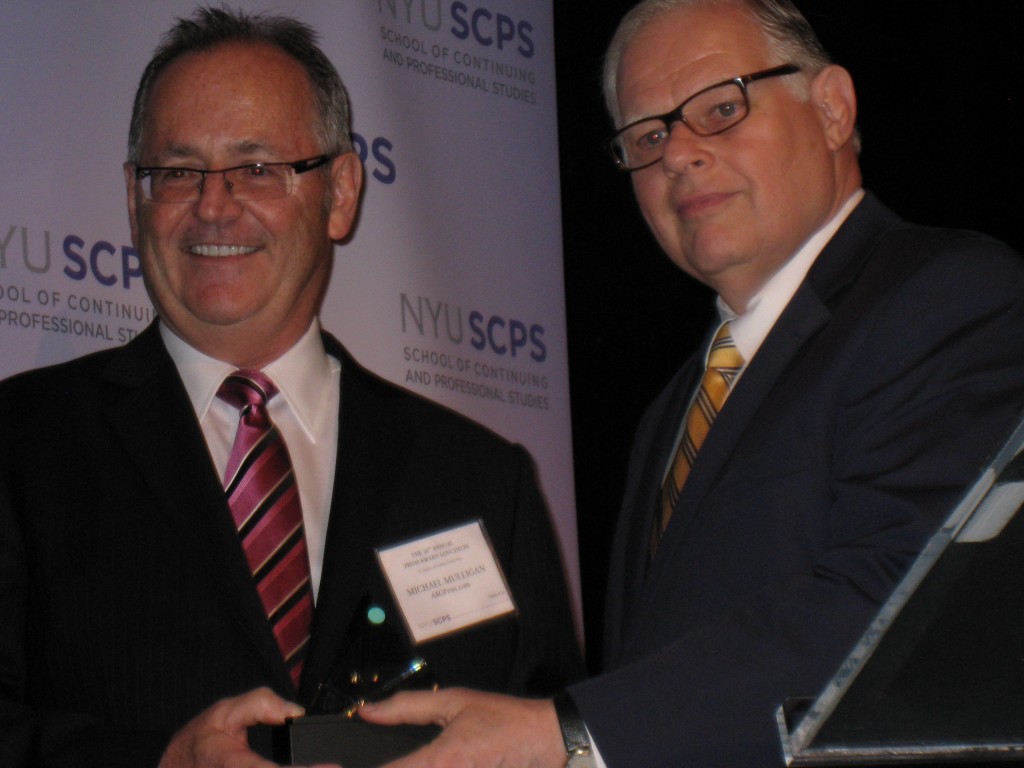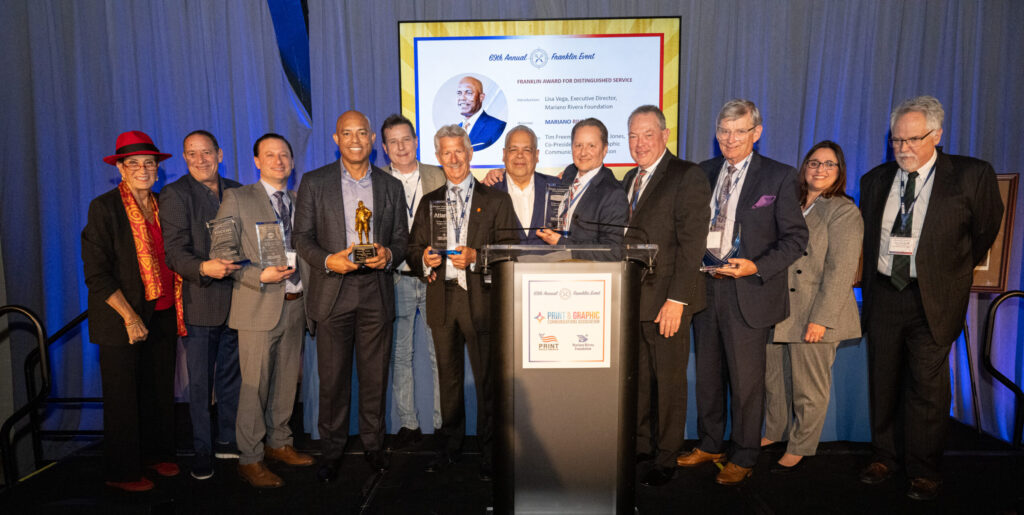
Honorees and well-wishers at the 69th Annual Franklin Event, from left: Diane Romano (Graphic Communications Scholarship Foundation), Vince Roma (Ricoh), Dino Pagliarello (Konica Minolta), Mariano Rivera (Mariano Rivera Foundation), Andy Griffin (Premium Color Group), Larry Weiss and Luis Villa (Atlantic Tomorrow’s Office), John Watson and Mark Fitzgerald (Premium Color Group), Paul Reilly (New Direction Partners), Melissa Jones and Tim Freeman (PGCA).
What a splendid evening, and what a fitting celebration of the graphic communications industry at its best: the 69th Annual Franklin Event.
On March 30, Print & Graphic Communications Association (PGCA) joined 225 guests in paying tribute to individuals and organizations who have made exceptional contributions both to the industry and to society at large. Culminating in the presentation of the Franklin Award for Distinguished Service to baseball great and philanthropist Mariano Rivera, the event was also PGCA’s formal debut as the regional trade group it became through the consolidation of Printing Industries Alliance and the Graphic Arts Association as of January 1, 2023.
The setting was the Lighthouse at Chelsea Piers, an elegant venue on the Manhattan waterfront in New York City. There, throughout cocktails and dinner, guests did what members of the industry always thrive on doing at social gatherings: renewing old acquaintances, making new ones, and reflecting on how fortunate they are to be part of such a convivial and collegial scene.
The awards portion of the program, overseen by PGCA Co-Presidents Tim Freeman and Melissa Jones, moved briskly through a series of introductions and acceptances that kept the sound of applause continuous at the dinner tables.
Sextet of Supporters
First up were representatives of six companies hailed as Print Industry Champions for their support of the workforce development program for which Rivera has been honored with the Franklin Award. Sponsored by the Mariano Rivera Foundation, the Print – Design – Packaging Development Program prepares high school students to earn professional certifications in print-related job skills that are in high demand among industry employers.
The six Print Industry Champions make the program possible with their contributions of training curricula, instruction and mentoring, learning space, and equipment. Hailed for their generosity were Atlantic Tomorrow’s Office, EFI, Fiery, Konica Minolta, Premium Color Group, and Ricoh.
Few in the audience needed an introduction to Paul Reilly, recipient of PGCA’s Lifetime Achievement Award. As President and CEO of Cenveo, he was one of the industry’s most active and successful consolidators of commercial printing businesses. He later co-founded New Direction Partners, an investment banking firm that specializes in print industry mergers and acquisitions.
His Queens Roots Showed
Like the other recipients, Reilly kept his remarks amiable, succinct, and not focused on himself. He bantered with Diane Romano, another honoree, about what he said was her unbreakable resistance to his salesmanship in the old days. He confessed to Rivera, a New York Yankees icon, that as a Queens native, he is a born fan of the New York Mets. He thanked everyone present for their praise, and the industry for the many opportunities it has given all of its members to succeed.
Like Reilly, Diane Romano is one of the industry’s best-known figures in the Northeast. Like him, she also gained national attention for leading business ventures that changed the way the industry operates – in her case, by advancing its adoption of electronic prepress and digital file exchange.
As the current president of the Graphic Communications Scholarship Foundation (GCSF), she directs a campaign to fund the educations of students preparing for careers in the field. For leading this community-minded effort and many other others like it, she was recognized with the 2023 John Peter Zenger Medal for exceptional service.
Never Stand Down
With bluntness, humor, and fervor, Romano described the value of commitment to the worthy causes she has supported within the printing industry and in other areas of her professional and personal life. Citing struggles of her own, she urged courage in the face of adversity and fidelity to the ideal of always helping others in need.
Lisa Vega, Executive Director of the Mariano Rivera Foundation, outlined the philanthropic organization’s goals and initiatives in her introduction of its founder. Its mission is to educate, mentor, and support young people from underserved backgrounds in their pursuit of fulfilling careers and better lives. The joint effort with PGCA and the Print Industry Champion honorees will accomplish this with training provided at printing companies in the region and at a Foundation-sponsored learning center soon to be under construction in New Rochelle, NY.
Mariano Rivera rose from poverty and obscurity to become one of Major League Baseball’s true modern legends: a unanimously voted Hall of Fame inductee whose pitching record of 652 games saved stands unbroken to this day.
In accepting the Franklin Award for Distinguished Service, he spoke less about how he developed his extraordinary talents than about how he learned to acquire a sense of purpose and self-worth – a source of strength, he said, that too many disadvantaged young people have difficulty finding within themselves.
Pillars of Philanthropy
Faith, integrity, community, commitment, achievement, and stewardship are the core values that the Foundation strives to instill in its young protégés through programs like the one it is now carrying out in partnership with the printing industry. Rivera urged everyone to join with him in making Save 653, the one he regards as the pinnacle of his career: lifting young people out of discouraging circumstances and setting them on paths to brighter futures.
After the evening concluded on that high note, Rivera didn’t disappoint the many guests who flocked to him for autographs and photo opportunities. The success of the event also owed much to the support of Platinum Sponsors Atlantic Tomorrow’s Office, Canon Solutions America, Gilroy Kernan & Gilroy, Konica Minolta, Premium Color Group, Thomas J. Quinlan III, Quad, and Unimac; and Gold Sponsors Blanchard, Case Paper, Dalim Software, Dow Jones, Duggal Visual Solutions, Heidelberg, Kodak, New Direction Partners, Ricoh, and Paylocity.
Be a part of Mariano’s Greatest Save #653! Donate today – your donation will support the Mariano Rivera Foundation’s mission to help underprivileged youth around the country. Visit https://themarianoriverafoundation.org/653/

